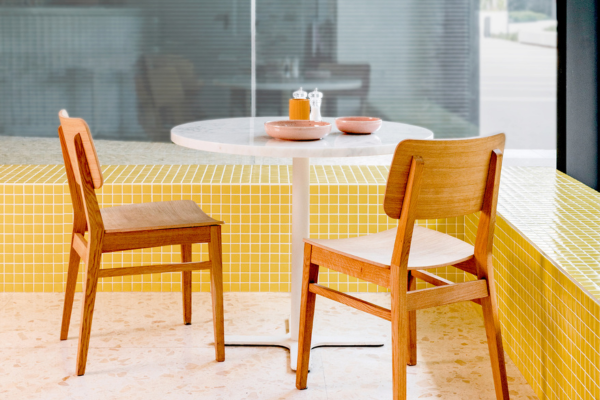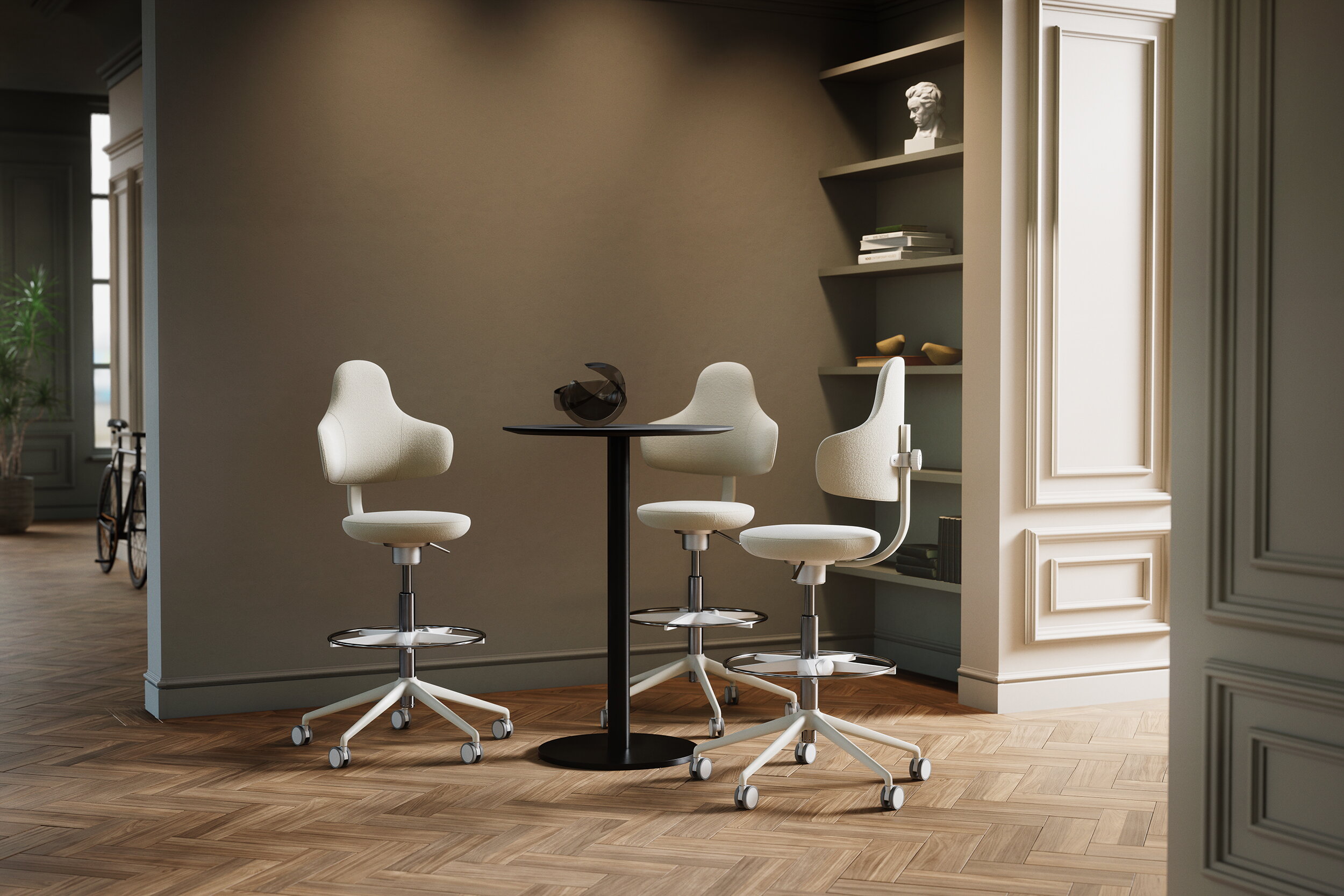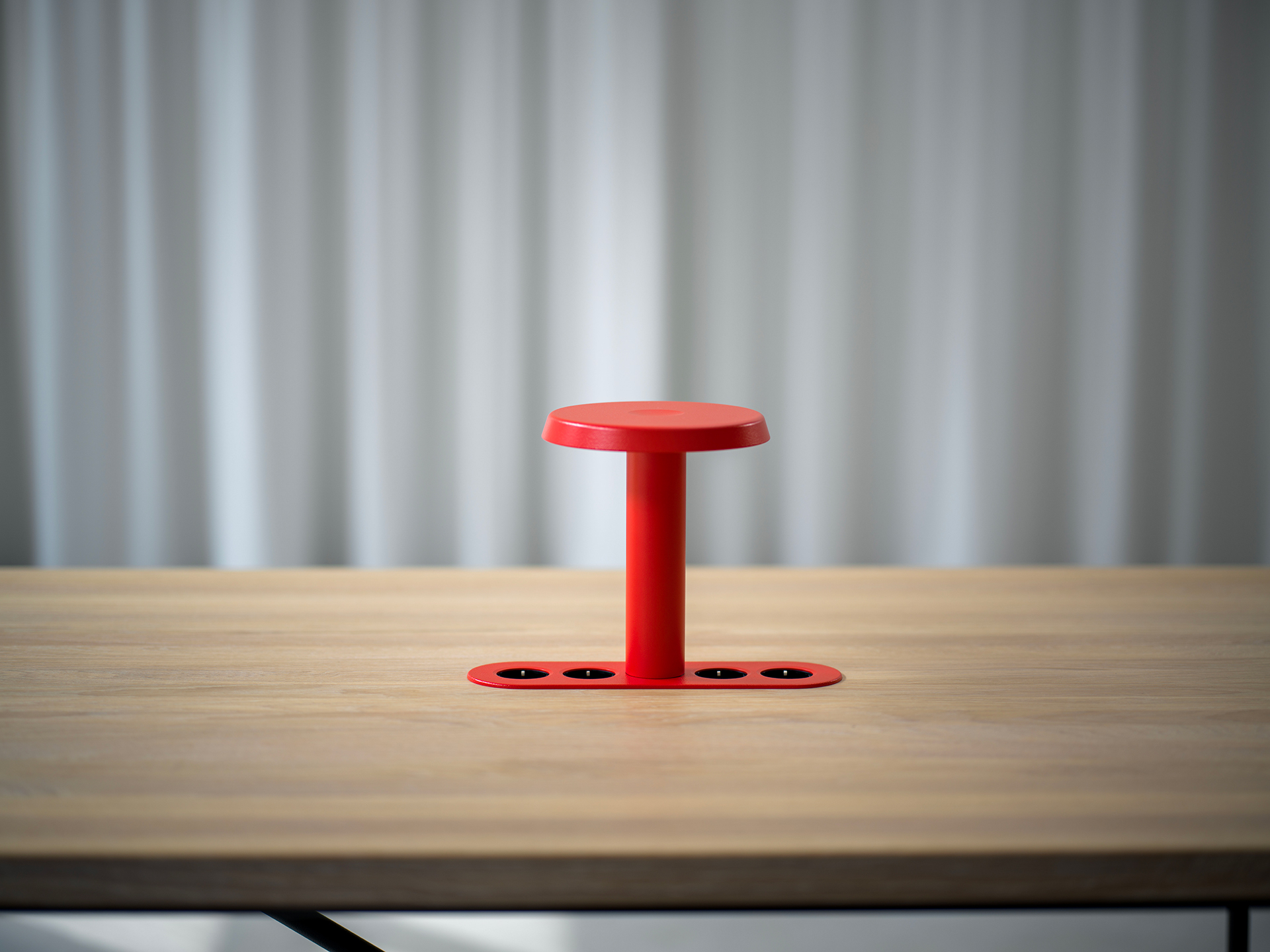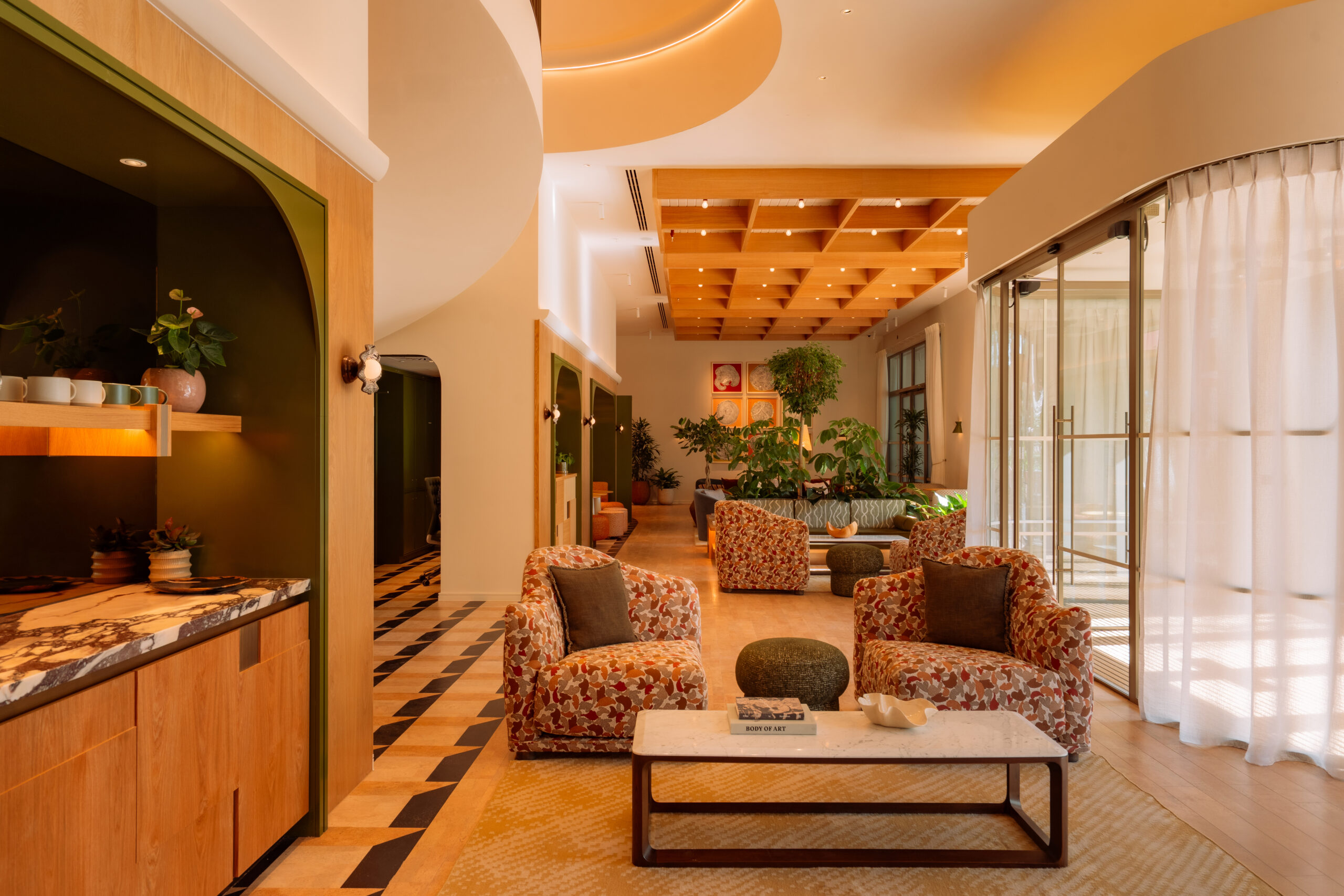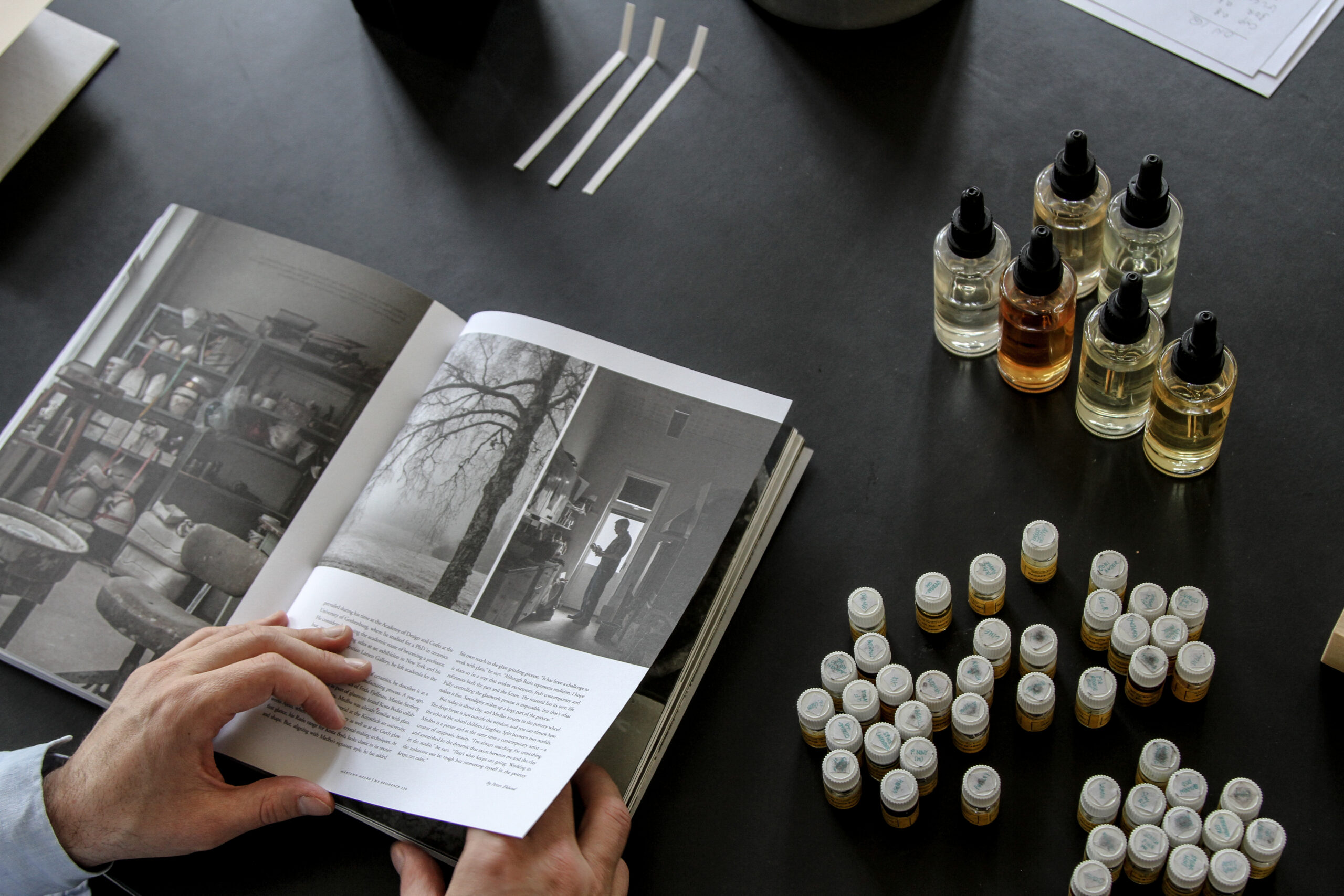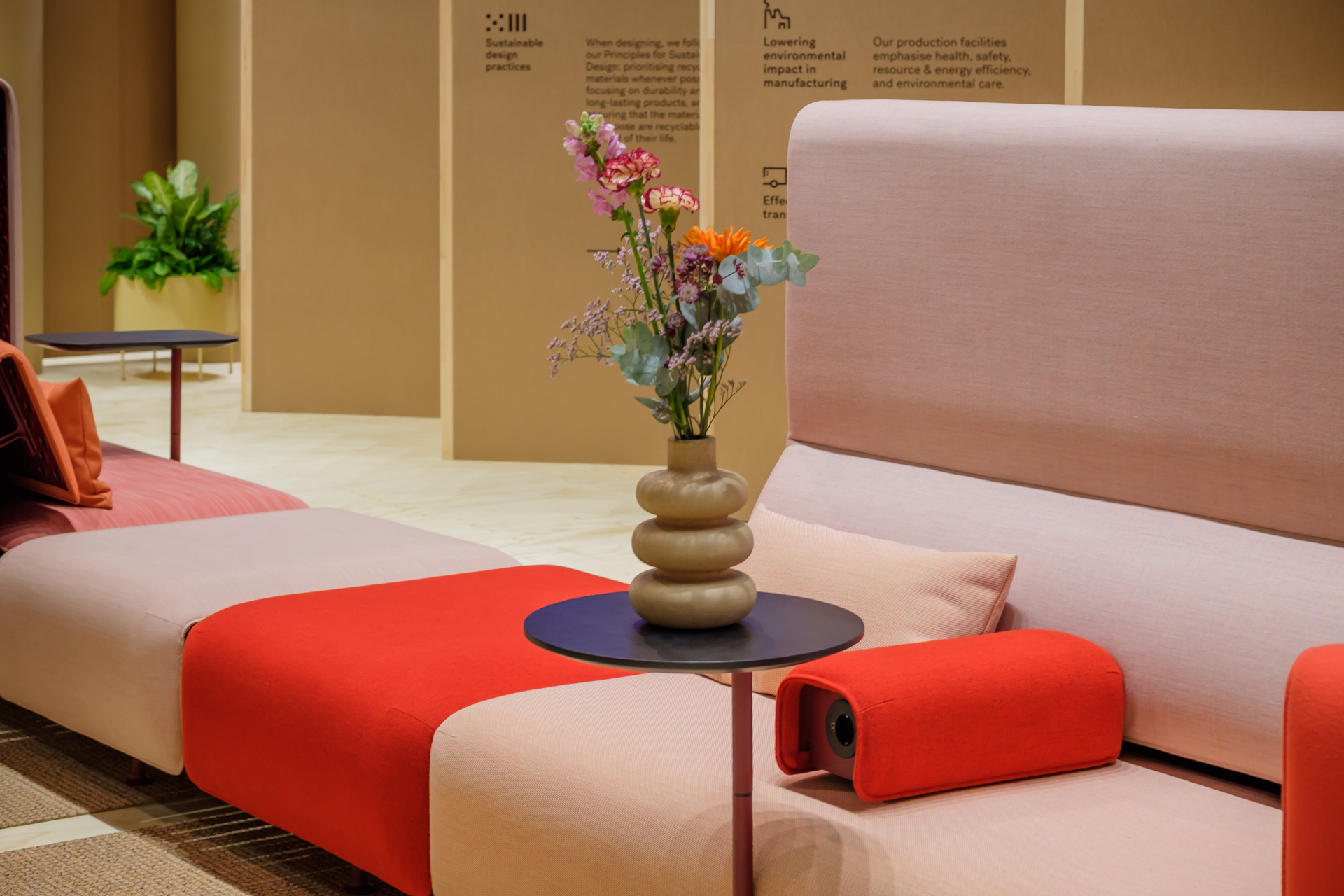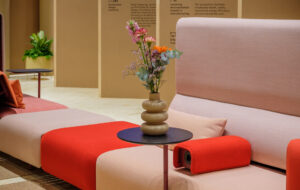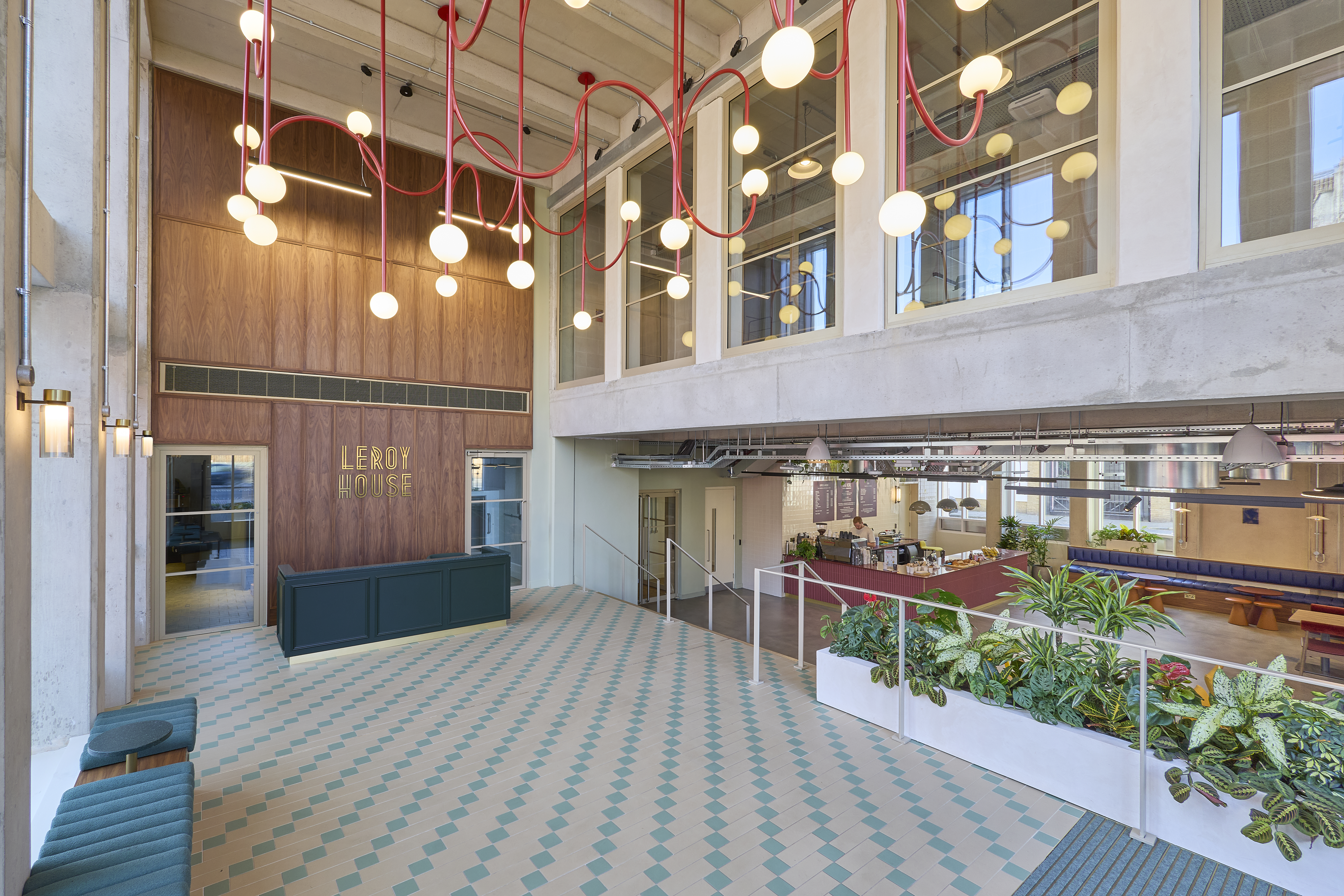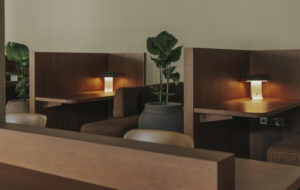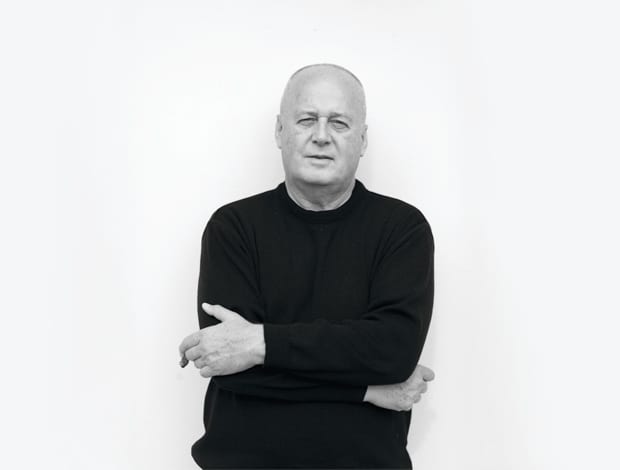 Alberto Alessi, representing the third generation of the family business||
Alberto Alessi, representing the third generation of the family business||
Alberto Alessi, who has been CEO of Alessi for more than four decades, talks to onoffice about creating enduringly popular designs and the company’s move into furniture and lighting.
How has the design industry changed in the 44 years since you started working in it?
When I started working at Alessi, design was a kind of bizarre option that only a few industrialists believed in. Generally speaking, international markets were very timid or uninterested in good design.
Now, almost every company pretends to practise it and, in part, it is true because… the overall quality has improved. The markets are now open. For example, look at Ikea – it continues to make copies of famous designs, but is able more and more to present some original designs of good quality. The competition is increasing, and so the challenge is more exciting!
Some of Alessi’s products have been on the market for decades. What makes a classic design? Why do they continue to capture the public imagination?
Yes, usually the life of my projects is very long. Maybe it is because they are often made in metal, and metal never ends. I also think that their design quality makes them classic, in that they represent the true spirit of their time well, so the cocktail shaker n° 870 (1957) is a good example of design of the 50s and 60s; the Sapper espresso maker n° 9090 of the 70s; the Graves kettle of the 80s, the toy-like plastic objects of the 90s, and so on.
During your tenure as head of Alessi, the company has collaborated with an amazing range of artists, sculptors and designers. What is the value of this cross-pollination between creative disciplines?
Theoretically, all disciplines related to creativity can bring some kind of oxygenation to the world of industrial design, but it’s up to architects and designers to do the real work!
Which has been the most memorable collaboration for you?
It’s difficult or impossible to mention just one. I must take some pieces from the time spent collaborating with Ettore Sottsass, Richard Sapper, Achille Castiglioni, Alessandro Mendini, Aldo Rossi, Michael Graves, Philippe Starck. Each of these designers has been a maestro for me.
Alessi launched the Piana chair in 2012. Are you interested in moving further into furniture design and production?
Yes, I consider furniture and lighting to be very interesting product areas and very close to small houseware objects. But I know that these areas are already covered by good competitors, so the challenge is even more interesting.
What is it about the brand that has allowed the company to diversify into so many different product areas?
I do not believe that much in ‘branding’ as an activity in itself. A brand can be created or destroyed by strategy and the day-by-day activity of the top managers. And, in our case, by the sensibility and the intuition of the architects and the designers working with us.
Together, we have created Alessi as an industrial research workshop in applied arts, in design, [and it] is able to express the best of contemporary design through our durable consumer goods, no matter what kind.
Will another family member step into your shoes when you retire?
I’m the president, responsible for design management, strategic marketing and communication. I have no plans to retire and, at the moment, there are no members of the family able to step into my shoes.

